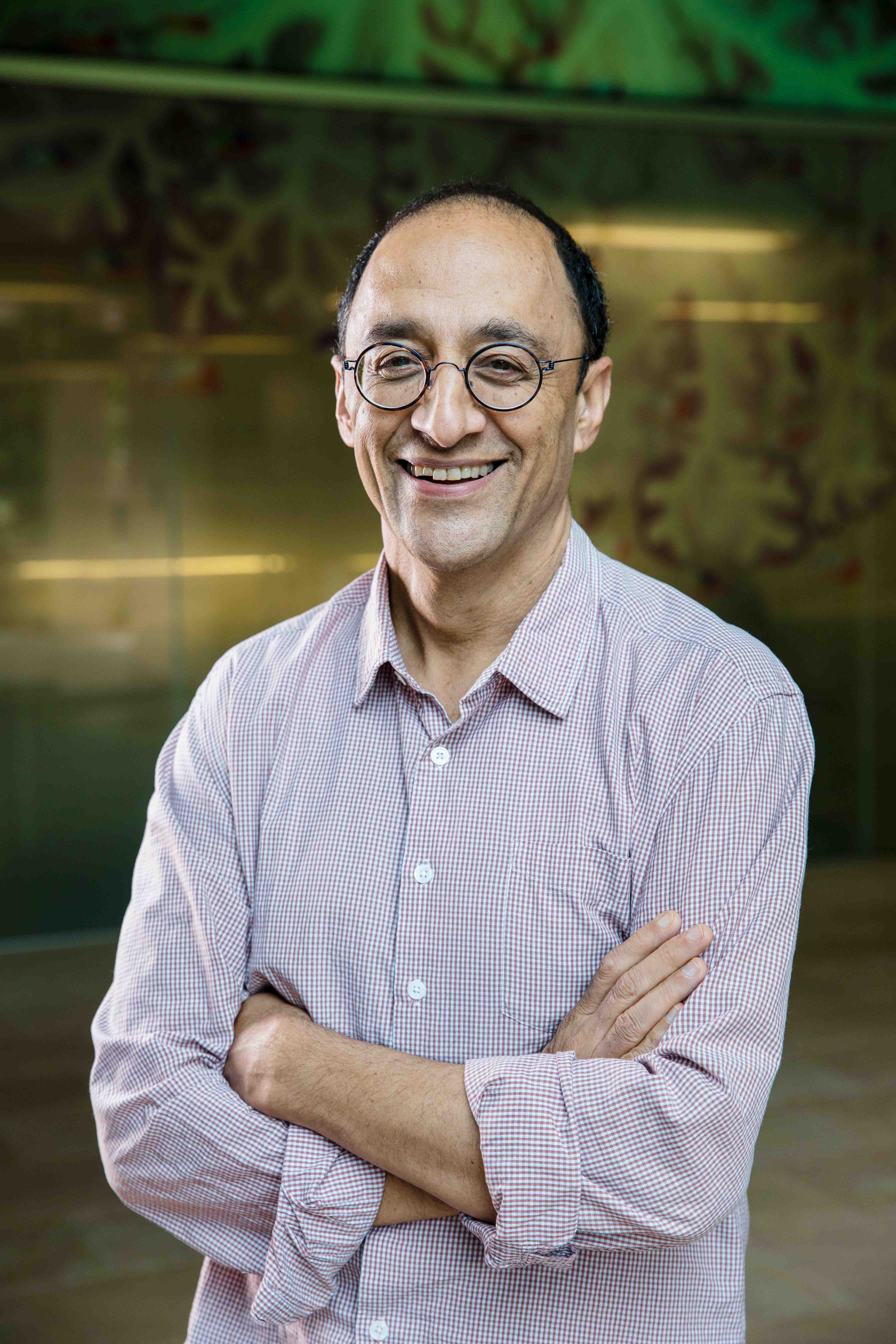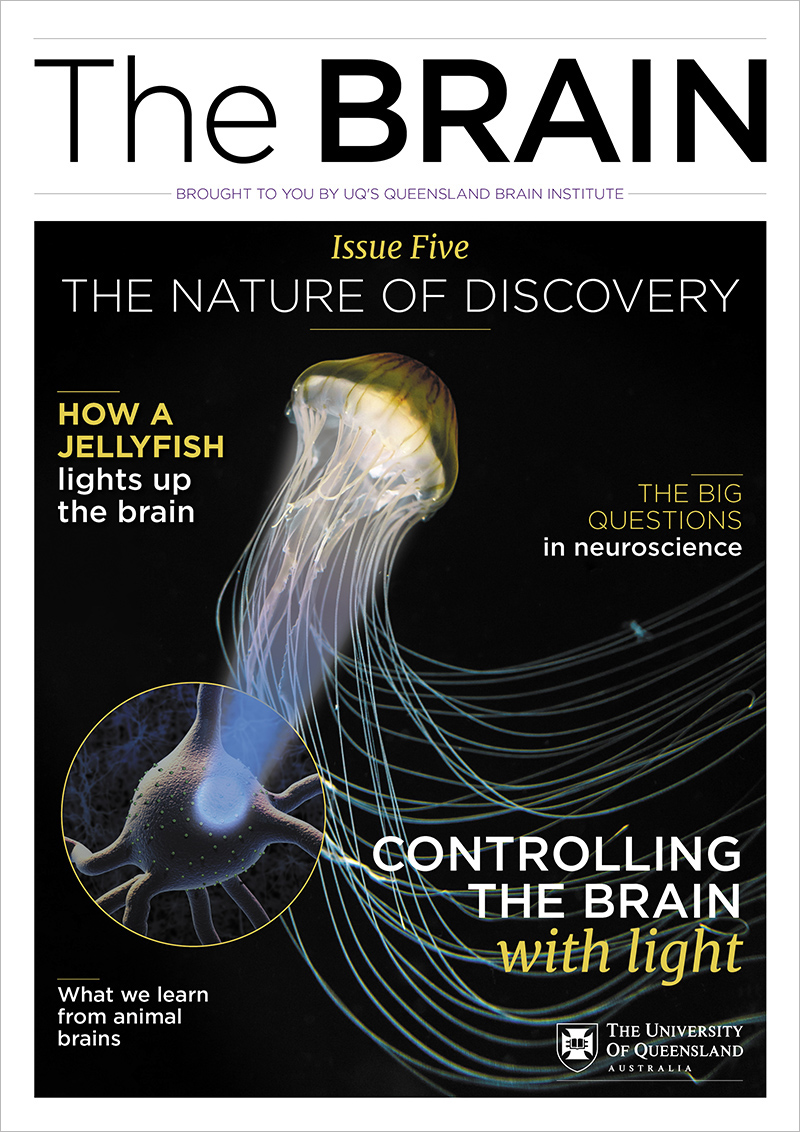As a medical intern in the 80s, Pankaj Sah was shocked to realise he knew almost nothing about the brain. Kidneys, stomach and immune system? Fully covered in medical school. The brain? A black box.
Intrigued, he began a neuroscience PhD, tackling the problem of how individual brain cells function in an area of the brain called the hippocampus. Then he read an article in Scientific American by neuroscientist Joseph LeDoux about the role that the amygdalae, two almond-shaped clusters in the brain, play in emotions such as fear. He’d never heard of the amygdalae before.
Hope for PTSD, anxiety and depression
Today, Professor Sah is Director of the Queensland Brain Institute (QBI) at The University of Queensland and a world-renowned authority on the amygdala. His research offers hope for treating conditions such as anxiety, post-traumatic stress disorder (PTSD) and depression. And that’s only the start of where his work might lead.
The first person to describe the amygdalae was German physiologist Karl Friedrich Burdach in 1822. More than 100 years later, scientists noticed that if the amygdalae of monkeys were damaged, the animals lost all sense of fear. Yet it wasn’t until the turn of this century that researchers realised that the amygdalae also play a role in memory. ‘’It’s now clear that things that are emotionally arousing are the things you remember really clearly,’’ Professor Sah said. ‘’In part, it’s to make you learn about what’s scary in the world.’’
- Podcast: Eliminating fear and unlocking the mysteries in our brains
- Australian-first clinical trial shows brain stimulation can treat severe OCD
Studying the fear response in the brain
But the fear response can go catastrophically wrong. When someone is exposed to something terrifying – as in war – amygdala connections can be disrupted, causing PTSD and a cascade of disabling flashbacks, uncontrolled thoughts and nightmares.
Professor Sah’s laboratory uses a combination of electrophysiology, imaging and cutting-edge molecular tools to unravel the problem. ‘’Fifteen years ago, suppose I wanted to target one population of cells in the amygdala, I couldn’t do it,’’ he said. ‘’Now we can definitely do that. We can load the cells with things that we want to use to interrogate them genetically and optically.’’
The tools have led to an enormous breakthrough. The team at QBI have discovered that the amygdala can, under some circumstances, produce new brain cells – a process called neurogenesis. It opens the possibility of stimulating the amygdala to grow new cells – and repair itself.
It’s not just traumatised soldiers who will benefit from this.
Tackling the burden of disease
‘’There’s a document called the Global Burden of Disease published every couple of years,’’ Professor Sah said. ‘’Data is presented that portrays what the burden of disease is in lost work time and lost opportunity.’’ Neurological diseases, it turns out, are not only one of the biggest contributors to lost working time, but also to premature disability, and are the second leading cause of death after cardiovascular disease. Yet, ‘’for most things, we don’t really understand what’s going on’’.
Professor Sah sounds lively and optimistic when he speaks, even when he’s describing frankly horrifying brain injuries. It’s because he’s convinced that solutions to even the most intractable neurological problems are on the way.
Take Parkinson’s disease, a progressive nervous system disorder that affects around 100,000 Australians. ‘’What happens is that a very specific population of cells dies. The cells secrete [the neurotransmitter] dopamine,’’ said Professor Sah. Since the 1960s, doctors have treated Parkinson’s with a dopamine substitute, called L-DOPA, which is ‘’pretty effective, but it has side effects’’.
Using brain stimulation to tackle OCD

These days, doctors can put electrodes inside the brain to stimulate it with electric pulses. As a result, patients don’t need as much L-DOPA – or can avoid it entirely.
Professor Sah and his team have been working to refine methods of brain stimulation and to use it to learn more about Parkinson’s. They have also conducted trials for other uses. ‘’We’ve just finished a trial for obsessive-compulsive disorder. Fantastic outcomes.’’ Next, he’s starting a brain stimulation trial with anorexia nervosa, a disease with the highest mortality rate of any psychiatric disorder in young women.
Every step towards understanding the brain holds the promise of alleviating considerable human misery. ‘’When I was a medical student, if you got leukaemia there was an 85 per cent chance you were going to die,’’ he said. But today, leukaemia is a treatable disease. ‘’Those treatments were developed because we knew what the immune system was doing.’’
This research will change our lives
The more researchers understand about the brain, the closer they edge towards similar outcomes for brain diseases. The day is coming when medical students everywhere will learn every intricate detail of how the brain works, what happens when it doesn’t and how to treat the resulting diseases.
Professor Sah says the research being conducted at the QBI is ‘’fantastic’’ and anticipates that the work to come during the coming decades will change the way we live our lives. ‘’I really believe that.’’




